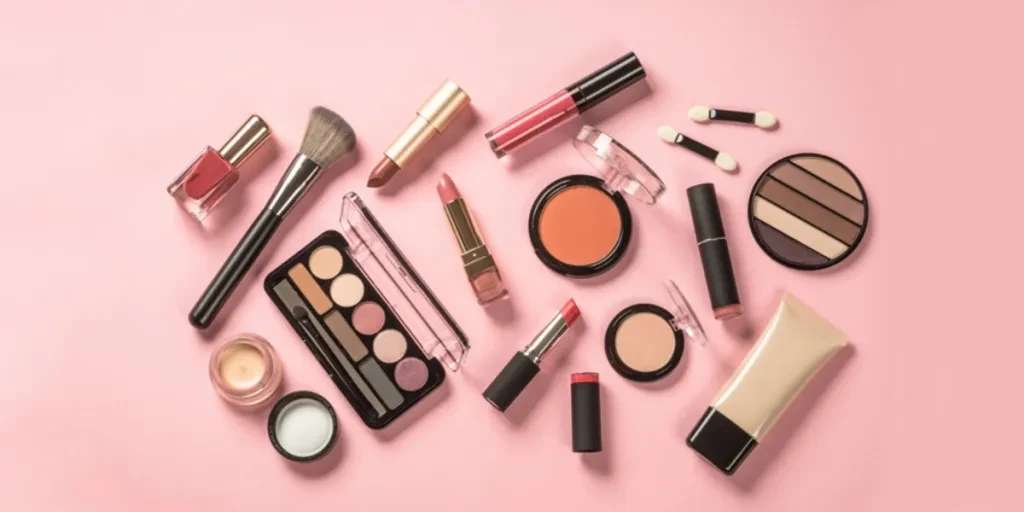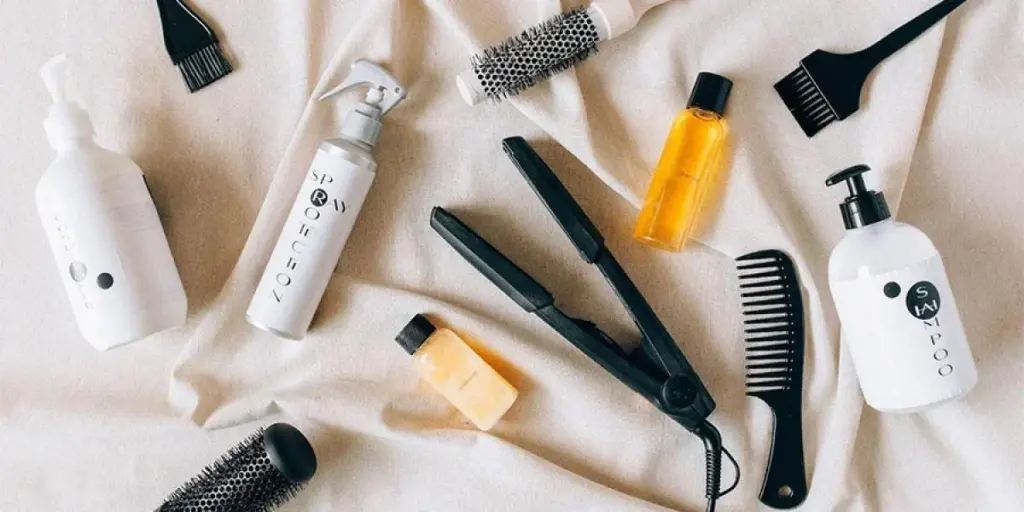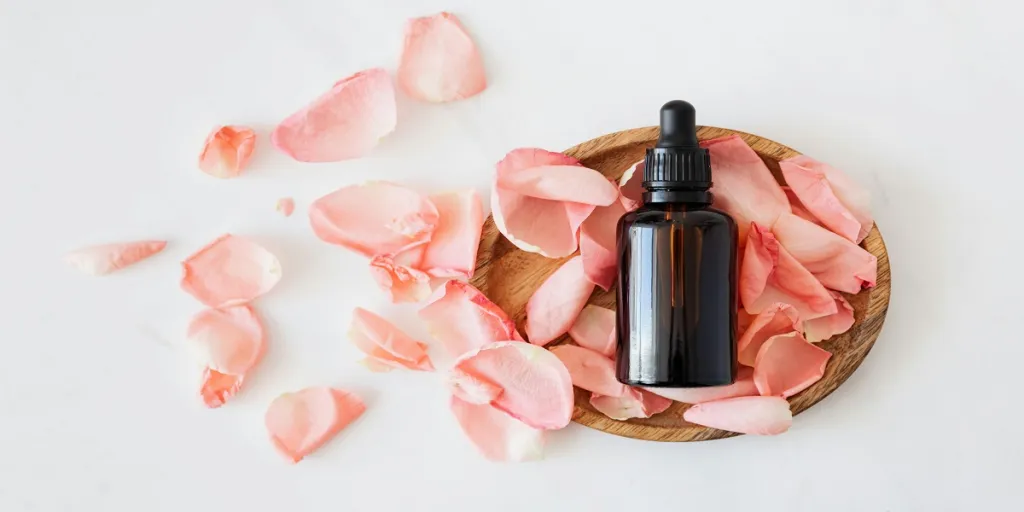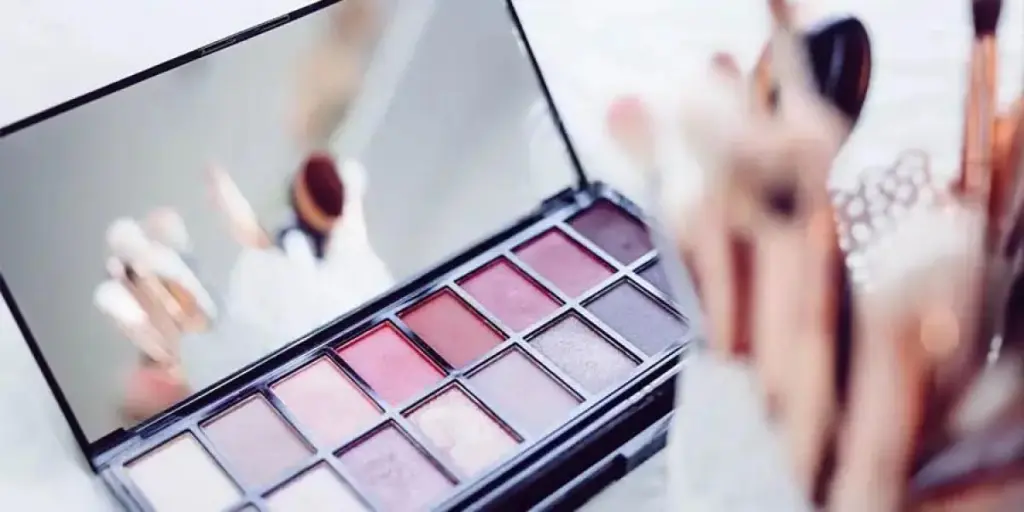For the longest time, foundations and concealers existed in the background, overshadowed by flashy eye palettes, bold lipsticks, or innovative brow products. Base makeup was often deemed the “boring” part of a beauty regimen—necessary, yes, but rarely center stage.
However, as we inch closer to 2026, a quiet renaissance is occurring: beauty enthusiasts around the globe are rediscovering the power, versatility, and creative potential of a well-crafted canvas. According to social media data reported by WGSN, the tide began turning a few years ago, with base makeup conversations on social platforms slowly rebounding after a dip in 2021.
Since then, interest has stayed consistent, offering a surprising insight. After all, experts already expect the global base makeup market to grow at a 3.83% compound annual growth rate (CAGR) through 2029. This article will examine the key strategies and focus points that will drive the base makeup and skin finish market in 2026.
Table of Contents
A look around the globe: 5 markets, 5 perspectives
1. Asia-Pacific (APAC)
2. Europe (EMEA)
3. The UK
4. North America (NAM)
5. Latin America (LATAM)
4 stages of adoption: Spotting who buys what
4 product strategy trends shaping base makeup and skin finishes in 2026
1. Undertone inclusivity
2. Buildable coverage
3. Prolonged hold
4. Next-generation SPF and protective bases
Wrapping up
A look around the globe: 5 markets, 5 perspectives

One of the most fascinating aspects of makeup in 2026 is how each region will approach base products differently. WGSN’s trend mapping spans five key areas: Asia-Pacific (APAC), Europe (EMEA), the UK, North America (NAM), and Latin America (LATAM), painting a clear picture of the localized demands that shape product launches in the beauty industry.
1. Asia-Pacific (APAC)
APAC remains a hotbed for all things “glow,” with 36% of base makeup chatter in this region mentioning a desire for luminous skin, and that share has seen a small but significant year-over-year increase. The ongoing obsession with “glass skin” might not be as viral as it was at its peak, but it’s far from fading.
Pore minimization is another major concern, particularly for male consumers. Another trend gaining attention in this region is pore-filling primers with subtle coverage, as they provide an easy way to use base makeup without the heavy, “made-up” feeling.
2. Europe (EMEA)
Across Europe, the overall penetration of base makeup conversations is somewhat lower than in other regions. This lower market volume may be attributed to Europe’s cultural preference for understated or natural looks. However, people in countries like France often prefer lightweight formats, such as tinted moisturizers, over traditional foundations.
Meanwhile, WGSN predicts the United Arab Emirates (UAE) will see the fastest-growing revenue globally for face cosmetics, possibly driven by a combination of high-end consumer habits and the region’s climate extremes. Remember that Europe is home to efficiency-driven consumers, so retailers should focus on products with low entry barriers and easy-to-use features.
3. The UK
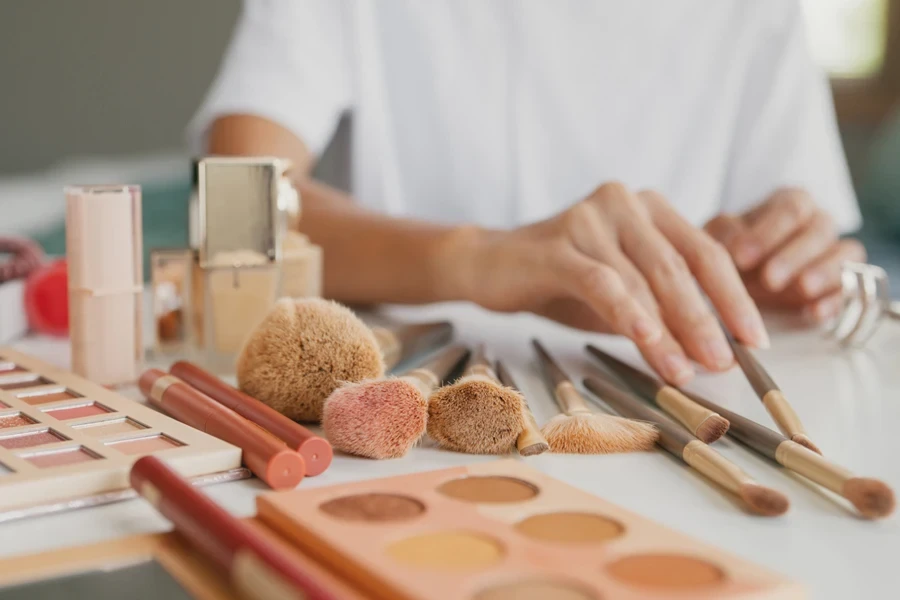
The UK is known for robust makeup sales, and base products are no exception. Data suggests the segment is poised to grow faster than other color categories, reflecting the public’s attention to complexion perfection.
One particularly interesting data point is the rising concern about fine lines, which has experienced a +2 percentage point increase in social media chatter. This change could be a clue that older millennials and Gen Xers are driving part of this growth, seeking out more advanced formulas with peptides or retinol alternatives.
4. North America (NAM)
North America currently brings in the most revenue for base makeup worldwide, a statistic that’s not surprising given the region’s sizable beauty market. However, what stands out is the region’s growing emphasis on sweat-proof and workout-proof claims, particularly in hotter climates such as the southern United States.
Hashtags like #AthBeauty or #GymMakeup demonstrates that many people want to maintain a polished appearance even when they’re active. Therefore, a brand that nails a formula combining breathability, coverage, and oil control could easily find itself a bestseller. Meanwhile, the North American internet’s love affair with “grip” primers (designed to lock your foundation in place like glue) suggests that these will remain in high demand through 2026.
5. Latin America (LATAM)
LATAM is somewhat unique: traditional foundations continue to expand here, with a 54% share in conversation mentions and a 1.3 percentage point increase. It’s a region that values tried-and-true coverage, but that doesn’t mean there’s no room for innovation.
Introducing subtle skincare benefits, such as hyaluronic acid or brightening botanicals, resonates well. These ingredients even saw a one percentage point boost in mentions. Loose powders are also gaining traction, possibly riding the wave of nostalgia or the desire for something that sets thoroughly in hot, humid weather.
4 stages of adoption: Spotting who buys what
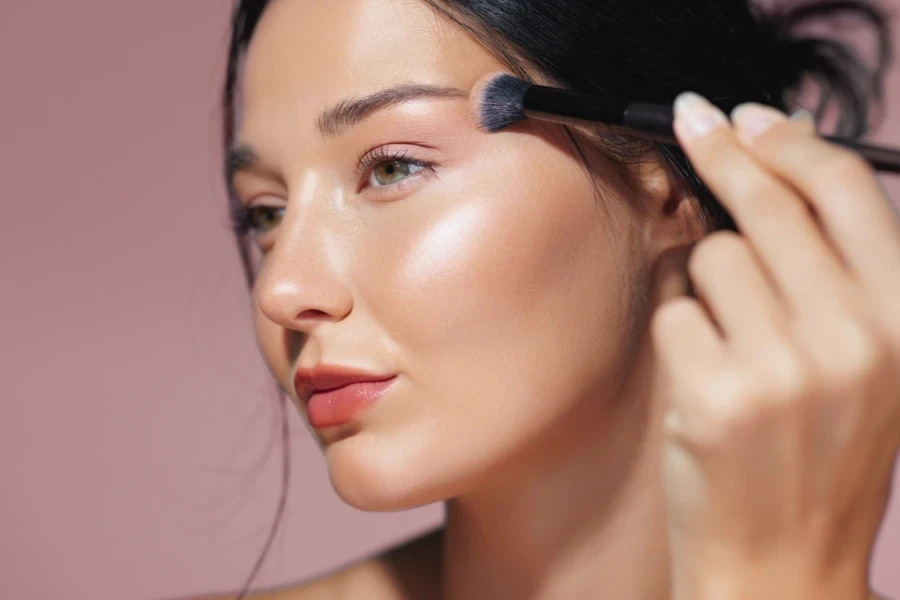
WGSN segments its social media data into four adoption stages: Innovators, Early Adopters, Early Majority, and Mainstreamers.
- Innovators are the ones obsessing over new textures or skincare-like benefits. They might be the first to champion a foundation that doubles as a snail mucin serum.
- Early Adopters latch onto big social media trends, like #GlassSkin or #PearlSkin, and spread them to a broader audience.
- Early Majority appreciates reliability and proven success. They’ll buy a new tinted moisturizer only after enough influencers or friends vouch for its durability.
- Mainstreamers take up the tail end but form the bulk of mass-market revenue. If a product resonates with them, that’s when you see a real boom.
Currently, mainstreamers dominate discussions about base makeup, but exotic claims don’t necessarily wow them. They want convenience, cost-effectiveness, and consistent performance. Meanwhile, the Early Majority might be convinced into trying “grip” primers or buildable coverage if they’re confident it won’t complicate their routine.
4 product strategy trends shaping base makeup and skin finishes in 2026
1. Undertone inclusivity
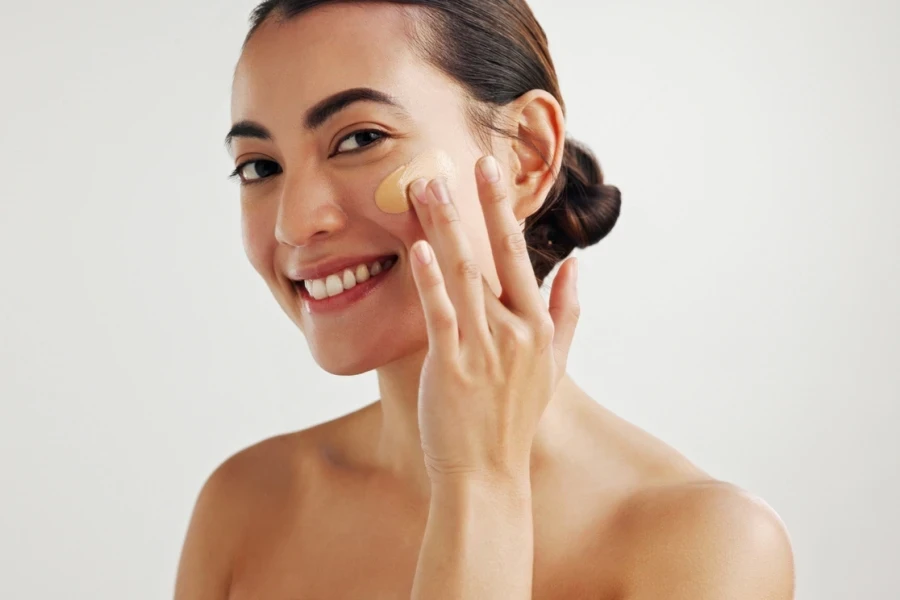
Gone are the days of bland, three-shade ranges. With TikTok trends like #ContrastMakeup garnering over 120 million views, it’s clear that people are paying closer attention to how makeup complements their skin tone. Consumers want products that complement their unique undertones, not just match their cool or warm tones.
This change means brands need to up their game and create base products that blend seamlessly across a wide range of complexions. Here’s something interesting: Google searches for “makeup undertones” are surging (a 27% YoY increase), and #Undertone TikTok tutorials are gaining views (a 52% boost from October to November).
Shoppers are becoming increasingly knowledgeable about their preferred temperature, whether they prefer warm, cool, neutral, or a combination of these options. Brands that stick to old paradigms risk losing relevance, which is why we’re seeing expansions like TWENTYWENDY’s powder for warm tones or WYN BEAUTY’s 36-shade foundation lineup.
Although people are interested in finding makeup that works for their undertones, most still aren’t sure exactly what those undertones are. That’s a sign brands have a chance to step in and help educate.
One way to achieve this is by testing products on a wider range of skin tones and using clear, realistic photos to accurately represent how the colors appear. Tech can help here, too. Things like Instagram filters, virtual try-ons, and shade-matching apps make it easier for customers to find their perfect match and feel more confident in their choices.
2. Buildable coverage
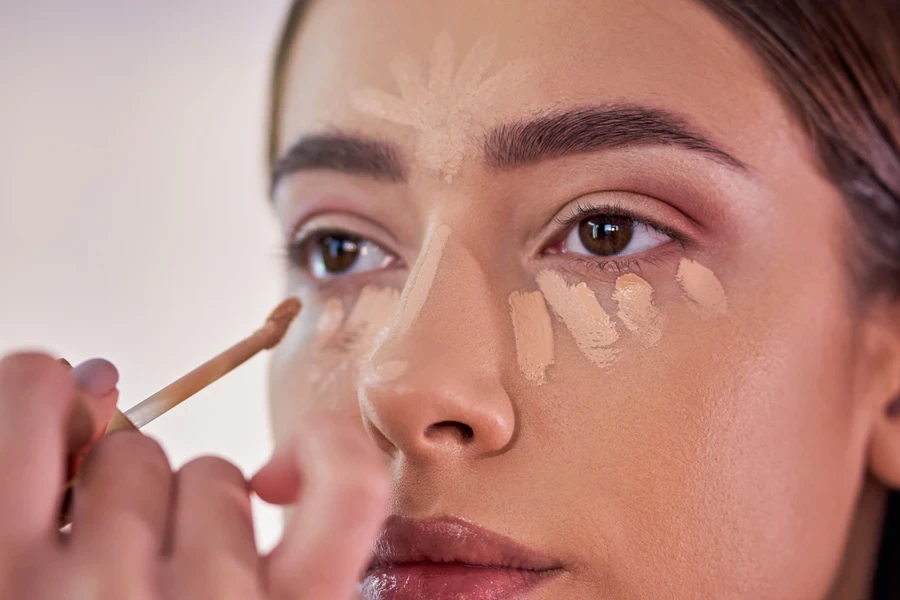
One size does not fit all, especially when it comes to coverage preferences. That’s why buildable coverage is becoming a must-have as beauty trends shift quickly, especially when it comes to natural, skin-like finishes. Products that allow people to layer and adjust coverage provide much-needed flexibility, whether consumers want a barely-there look or something more polished.
The focus of this strategy is to give users control, allowing them to easily adapt their makeup to different moods, styles, or occasions. Buildable coverage is already a key talking point, showing up in half of foundation discussions and a quarter of concealer conversations—and it’s only going to become more popular across all types of base makeups.
How can brands meet this demand? They can focus on lightweight formulas that users can easily layer, allowing them the freedom to choose the desired level of coverage. Consider offering products that easily adapt to each person’s preferences.
Another category stealing the spotlight under buildable coverage is makeup tools. They’re already part of 12% of social conversations on the topic, and there’s still more than enough room to grow. There’s a significant opportunity for brands to invest in base makeup brushes and tools that provide users with more control over how they apply foundation and concealers.
You could focus on innovative materials that help prevent product waste while making it easier to build coverage naturally, like silicone sponges, metal spatulas, or ultra-soft brushes. Take Real Techniques, for example. Its MakeupSaver Sponge absorbs 90% less makeup and has a fingerprint-like texture that helps blend products more evenly.
3. Prolonged hold
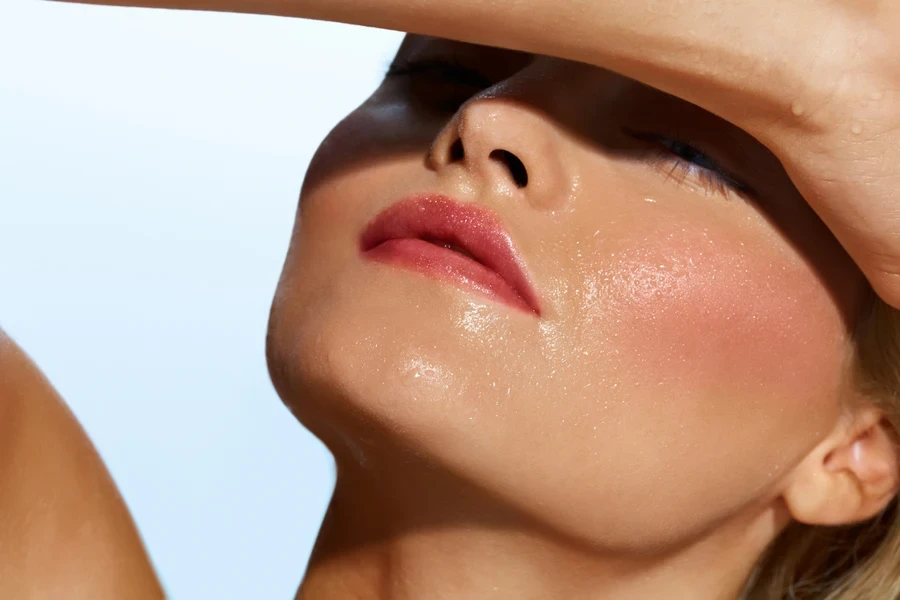
There was a time when working out and makeup were kept separate. But that changed with the reveal of “long-wearing” and “sweat-proof” makeup. People loved the concept as conversations surrounding “long-wearing makeup” increased from 8% in 2018 to 10% in 2024.
Clearly, there is a growing demand for this product line. But how can brands meet it? By focusing on testing and proving their claims in different conditions. Take Korean brand AGE20, for example. It sets a high bar with its Glass Skin Essence Pact, which the brand claims can deliver up to 70 hours of wear.
As mentioned, sweat-proof makeup is also gaining traction, particularly in the growing “athleisure” or “athbeauty” space and in warmer regions. Searches for “anti-sweat” have increased by 11% year over year, indicating that more people are seeking beauty products that can withstand active lifestyles and hot weather. Brands can even consider teaming up with athletes or sponsoring sports events to feel more authentic.
The grip primer resurrection
Don’t ignore grip primers. They’re also garnering massive attention, especially on TikTok. The product’s hashtag showed jaw-dropping growth in 2024, increasing by 554% from September to November. Retailers looking to leverage this interest surge can use words like adhesion, grip, and latch in their product descriptions—they’ll help show the product’s staying power.
Note: Milk Makeup’s HydropGrip primer is a standout example. It went viral by promising (and delivering) makeup that stays put all day
4. Next-generation SPF and protective bases
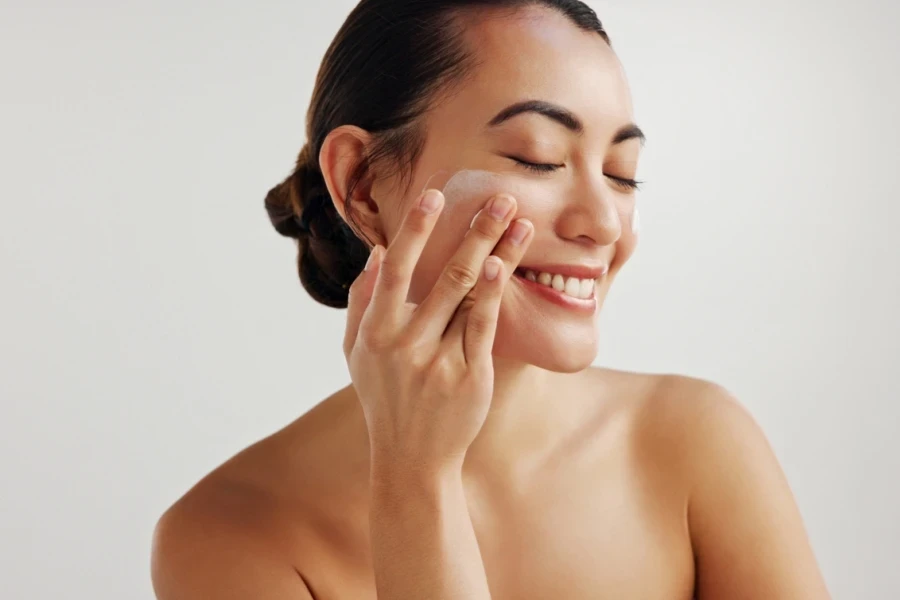
#SPFMakeup has been around for a while, making it more than a passing trend. People love it because it blends skincare and makeup in one, making it easy to protect their skin while getting ready. As this trend continues to grow, we’ll start to see even more products, such as primers, setting sprays, and tinted moisturizers, offering built-in sun protection.
With growing concerns about climate change and UV exposure, the demand for makeup that can withstand heat, sun, and pollution is expected to continue increasing. The statistics prove there’s demand here, as SPF base makeup has been gaining traction, now accounting for 22% of social media buzz around base products (up from just 13% in 2018).
But while interest is still strong, searches for “SPF foundation” have slightly dipped, suggesting that the excitement around SPF in foundation may have hit its peak. The spotlight is now shifting to other formats; SPF primers and concealers are experiencing a rise in interest, with year-over-year search growth of 10% and 3%, respectively.
Note: Brands like Ciele are already ahead of the curve, offering sun protection across their entire range, from skin tints to concealers.
But that’s not all. More people are looking for SPF makeup that feels light and refreshing. Think of SPF primers and base products that feel like essences, lotions, or serums—light on the skin yet still effective. And with hotter months ahead, adding skin-cooling effects could make these products even more appealing for summer routines.
Wrapping up
What we’re witnessing is more than a trend cycle; it’s a fundamental shift in how we think about our foundation, concealer, and priming steps. Instead of treating base makeup as a chore, more people now view it as an art form—a chance to personalize coverage levels, textures, skincare benefits, and finish in ways that align with their environment, identity, and daily schedule.
From advanced SPF cushions and sweat-proof foundations in North America, to tinted moisturizers and minimal coverage in Europe, to the luminous “glass” and “glow” aesthetics still dominating parts of Asia, each region’s preferences are driving the category forward. Meanwhile, extended undertone ranges, AI-driven color matching, and rigorous test-based performance claims are slowly becoming standards, not luxuries.
